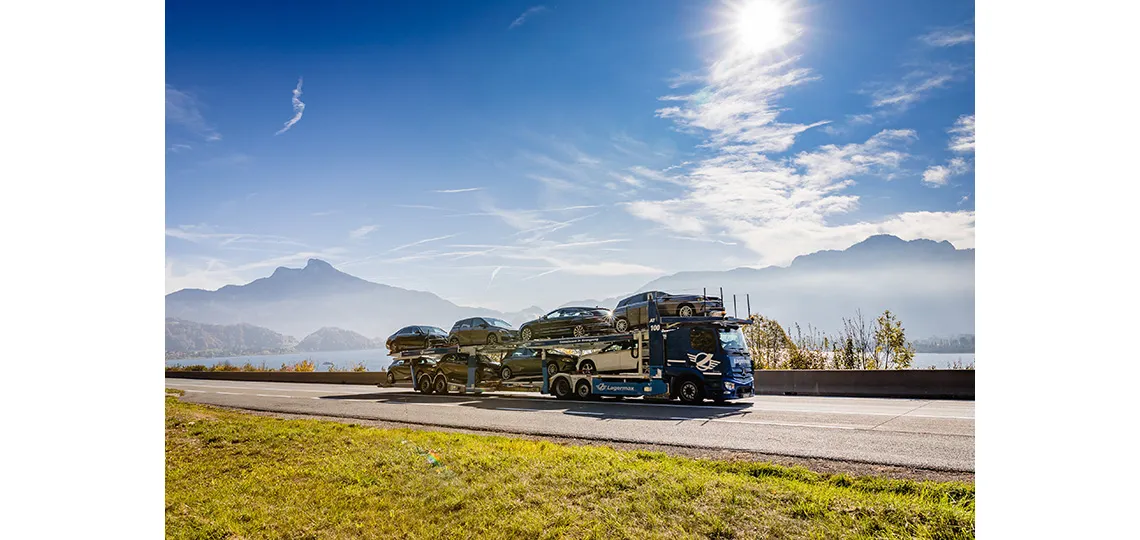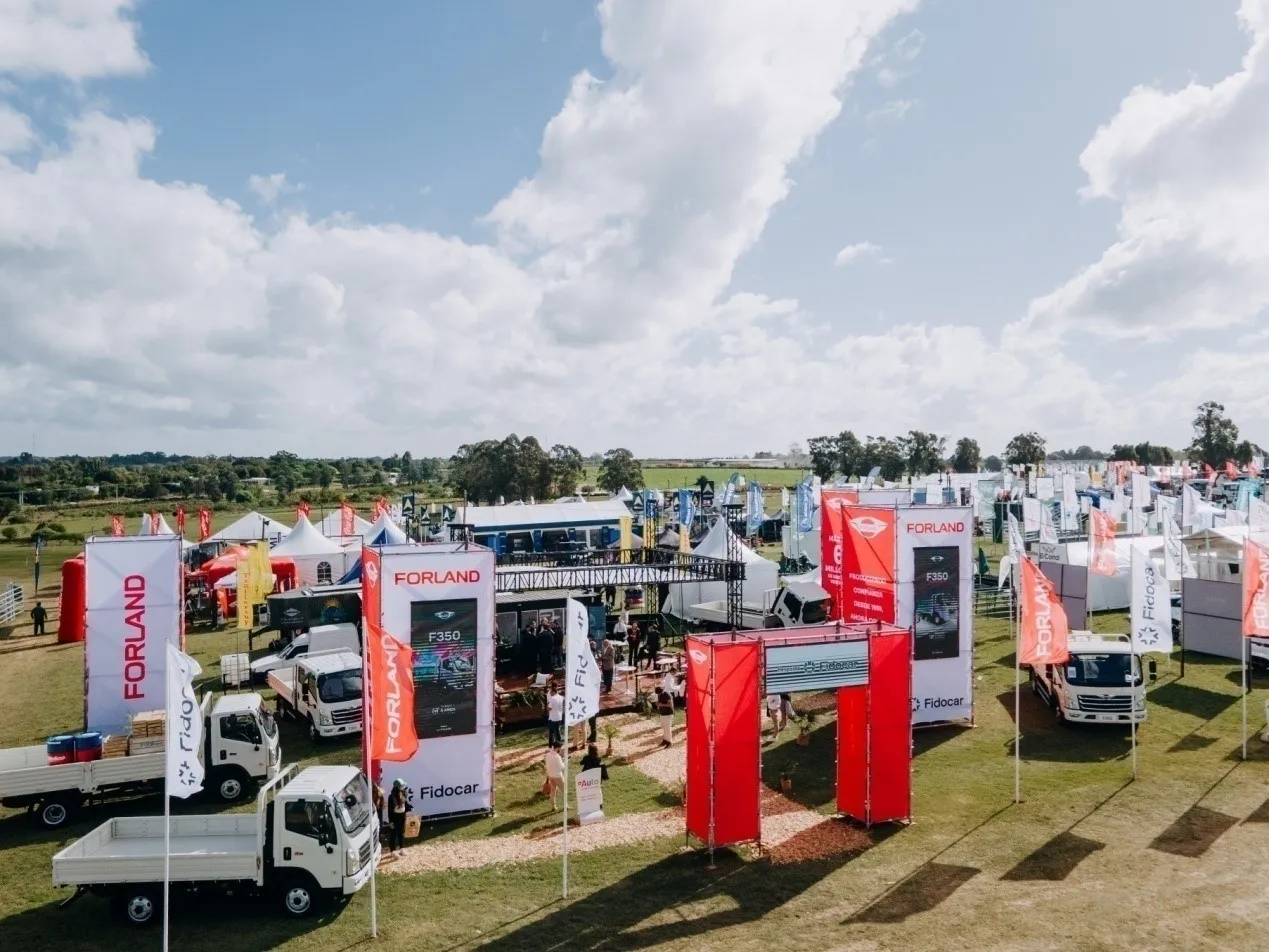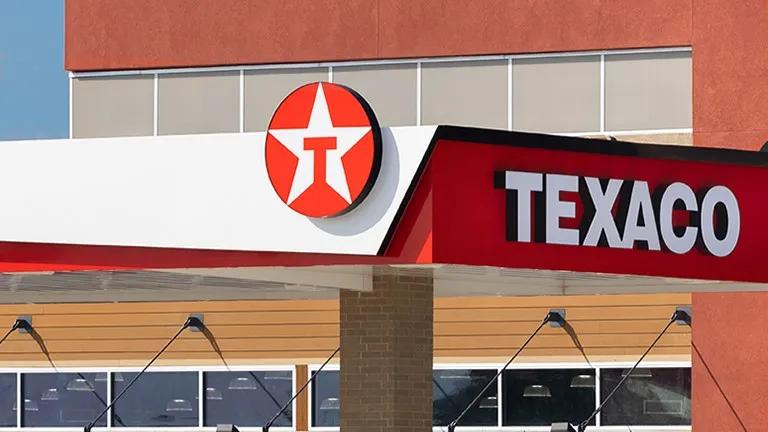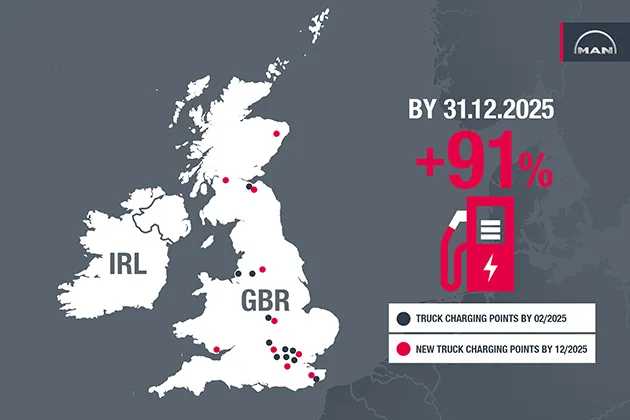Daimler Trucks sold fewer vehicles in 2019 than in 2018 in a market environment that has been weakening significantly since the summer. In the first eleven months of 2019, sales of 446,800 units by the brands.
4% Dip in Sales for Daimler Trucks in 2019
Mercedes-Benz, FUSO, Freightliner, Western Star, Thomas Built Buses and BharatBenz were 4 percent lower than in the previous year (January to November 2018: 466,900). Daimler AG will announce the exact sales figures for full-year 2019 at the annual press conference on February 11, 2020. The annual press conference of Daimler Truck AG is scheduled for February 18, 2020.
In 2020, Daimler Trucks anticipates the further normalization of the particularly high demand of recent years and thus significant decreases in the core markets of the NAFTA region, Europe and Japan. Daimler Trucks will provide a more precise outlook on the development of its core markets when its full-year figures are announced on February 11, 2020. At the same time, the company is preparing to cope with increasing investment and cost pressure in the coming years. Substantial investment is required in new technologies, including in a CO2-neutral fleet with electric drive systems and in the automation and connectivity of trucks and buses.
“Important markets such as Europe and North America weakened faster than expected in the second half of the year. We started preparing for this already in the summer and immediately adjusted our production. However, we are not at all satisfied with our return on sales in 2019. We have therefore initiated extensive structural measures to increase our margin to at least 7 percent by 2022. In 2020, we will significantly improve our cost position while continuing to invest in the future. We have a first-class team at Daimler Trucks and have shown in the past that we can act with great determination,” stated Martin Daum, Chairman of the Board of Management of Daimler Truck AG.
Comprehensive Measures to Improve Profitability
On the premise of the aforementioned market developments and the measures initiated, Daimler Trucks & Buses anticipates a return on sales in its current business of 6 percent in 2019, at least 5 percent in 2020 and at least 7 percent in 2022. In addition to the short-term adjustment of production to decreasing demand, especially in Europe and the Unites States, the company has also initiated numerous structural measures to improve profitability in the medium term.
One focus is on increasing profitability at Mercedes-Benz Trucks in Europe and Latin America, above all by reducing variable costs by €250 million and personnel costs by €300 million by the end of 2022. In Brazil, the number of vehicle platforms will be reduced significantly while at the same time modernising the remaining portfolio in order to return to profitability. In Japan, the sales and after-sales organisation will be structured more efficiently.
Falling Unit Sales in the NAFTA Region and Europe in Late 2019
Daimler Trucks’ important NAFTA and European truck markets returned to a normal level faster than expected in the second half of 2019 after a strong phase that started in 2018. Daimler Trucks actually increased its sales in the NAFTA region by a further 8 percent to approximately 187,400 units in the first eleven months of the year (January to November 2018: 172,700).
In the month of November, however, there was a sharp fall in unit sales of 16 percent compared with the same month last year. In Europe, sales from January through November 2019 decreased by 5 percent compared with the same period last year to 72,400 units.
Brazil: Unsatisfactory Profitability Despite Growth in Unit Sales
In Brazil, Daimler Trucks significantly increased its sales of Mercedes-Benz trucks in a recovering market and sold approximately 27,000 trucks, 40 percent more than in the same period of last year (January to November 2018: 19,300).
However, profitability at Mercedes-Benz do Brasil remains unsatisfactory despite the restructuring measures initiated since 2016. The reductions in material and personnel costs initiated by Mercedes-Benz Trucks therefore affects not only the European part of the organisation but also the subsidiary Mercedes-Benz do Brasil. In addition, with the launch of the new Actros for the Brazilian market, Mercedes-Benz Trucks will reduce the number of vehicle architectures from eight to three platforms in order to reduce complexity and costs.
Asia: Lower Unit Sales in Indonesia, India and Japan
In Asia, important truck markets for Daimler Trucks such as Indonesia and India contracted significantly last year. With a total of 121,900 units sold from January through November, unit sales fell by 18 percent year-on-year (January to November 2018: 147,900). Sale in Indonesia fell by 40 percent from 57,400 units in January to November 2018 to 34,500 units in the same period of 2019.
In India, Daimler Trucks sold 13,200 vehicles of its BharatBenz truck brand in January through November 2019, about 35 percent fewer than in the prior-year period (January to November 2018: 20,500). In the Japanese market, Daimler Trucks was able to sell approximately 38,200 units with its FUSO brand by the end of November 2019, 4 percent below the level of the previous year (January to November 2018: 40,000).








